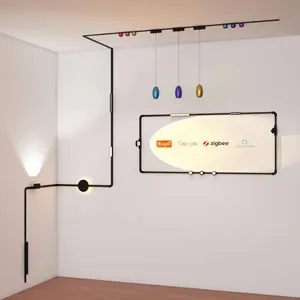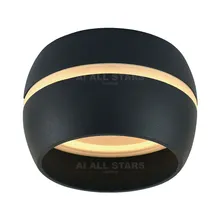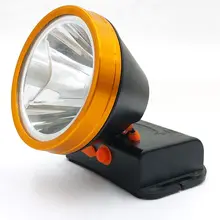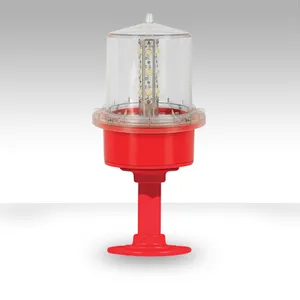Understanding Runway Lights
Runway lights are essential components in aviation safety, designed to illuminate and mark tall structures that could pose hazards to air traffic. These specialized lights play a crucial role in guiding aircraft pilots by clearly signaling potential obstructions, thereby preventing accidents. The importance of these lights cannot be overstated, as they contribute significantly to the safety and efficiency of air navigation.
Types and Applications
There are various types of runway lights tailored to different applications. These include obstruction lights for buildings, tower lights for communication masts, and beacon lights for high-rise structures. Each type serves a specific purpose, from indicating the presence of a structure to aiding in the navigation of aircraft during takeoff and landing phases. Their deployment is critical on cranes, skyscrapers, and industrial chimneys, ensuring that air traffic is directed safely around potential hazards.
Features and Materials
The construction of runway lights involves durable materials capable of withstanding harsh weather conditions. These lights are engineered with advanced technology to ensure longevity and reliability. The weather-tight housing of these lights is designed to prevent rust and corrosion, ensuring that they remain functional and visible even in the most turbid and humid environments. The versatility of these lights is reflected in their various working modes, which include both flashing and steady options, as well as different intensity levels to cater to specific requirements.
Advantages of Runway Lights
The strategic installation of runway lights offers numerous advantages. Their primary benefit is enhancing the safety of air travel by marking obstructions clearly and effectively. This not only aids in preventing collisions but also contributes to the smooth operation of air traffic. The durability of these lights ensures that they can operate over long periods without the need for frequent maintenance, making them a cost-effective solution for marking hazards.
Compliance and Standards
Runway lights must adhere to stringent standards set by international and national aviation authorities. These regulations mandate that structures exceeding certain heights be equipped with appropriate lighting to ensure visibility to pilots. Compliance with these standards is not just a legal requirement but also a commitment to aviation safety. The lights available on Alibaba.com meet these rigorous standards, ensuring that structures are properly marked for the safety of air traffic.
Weather Resistance and Ratings
The resilience of runway lights against various weather conditions is critical for their performance. With IP67 and IP68 ratings, these lights are certified to withstand dust, water, and impact, making them ideal for continuous operation in diverse environments. This weather resistance is a testament to their robust design and the meticulous attention to detail in their manufacturing process.






































 浙公网安备 33010002000092号
浙公网安备 33010002000092号 浙B2-20120091-4
浙B2-20120091-4